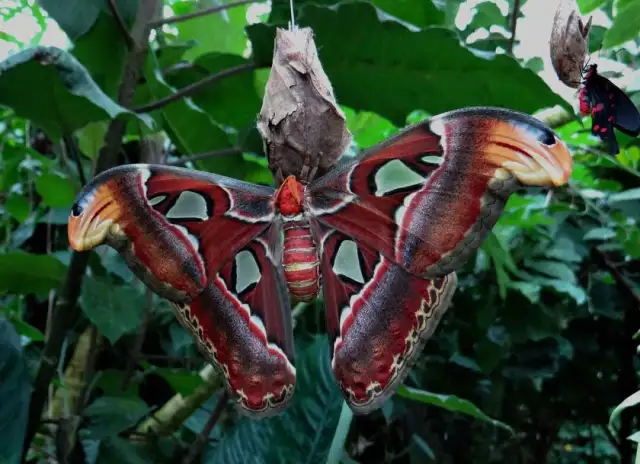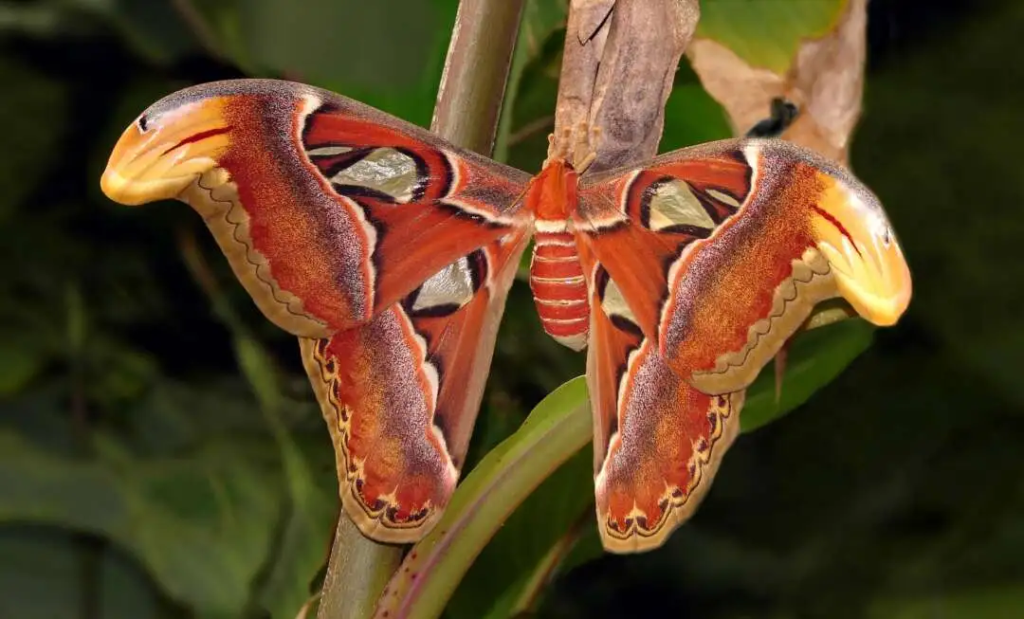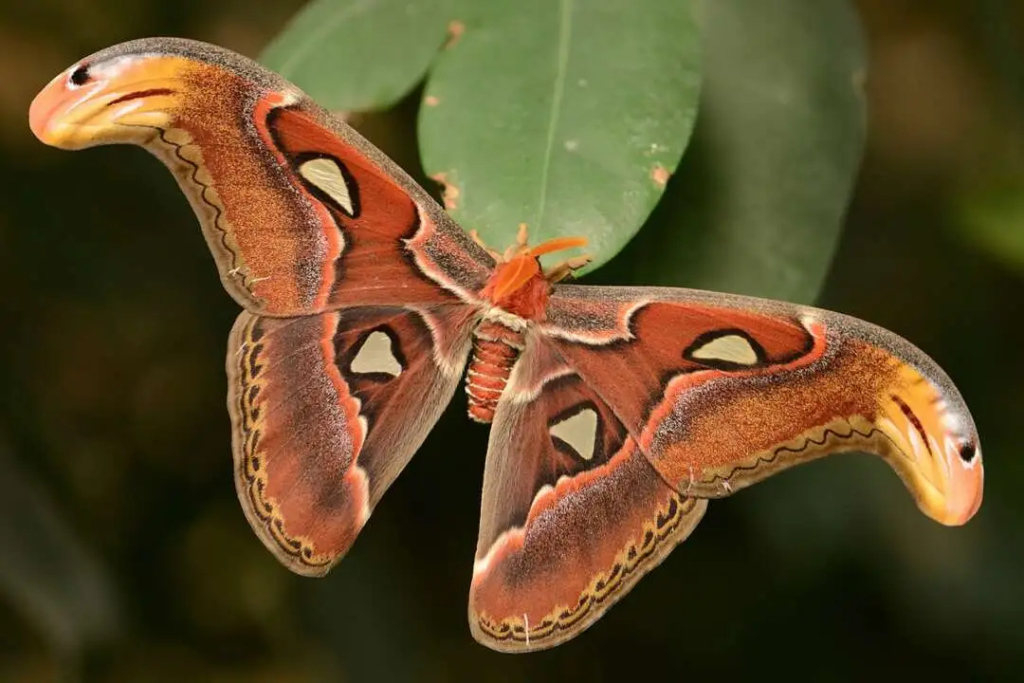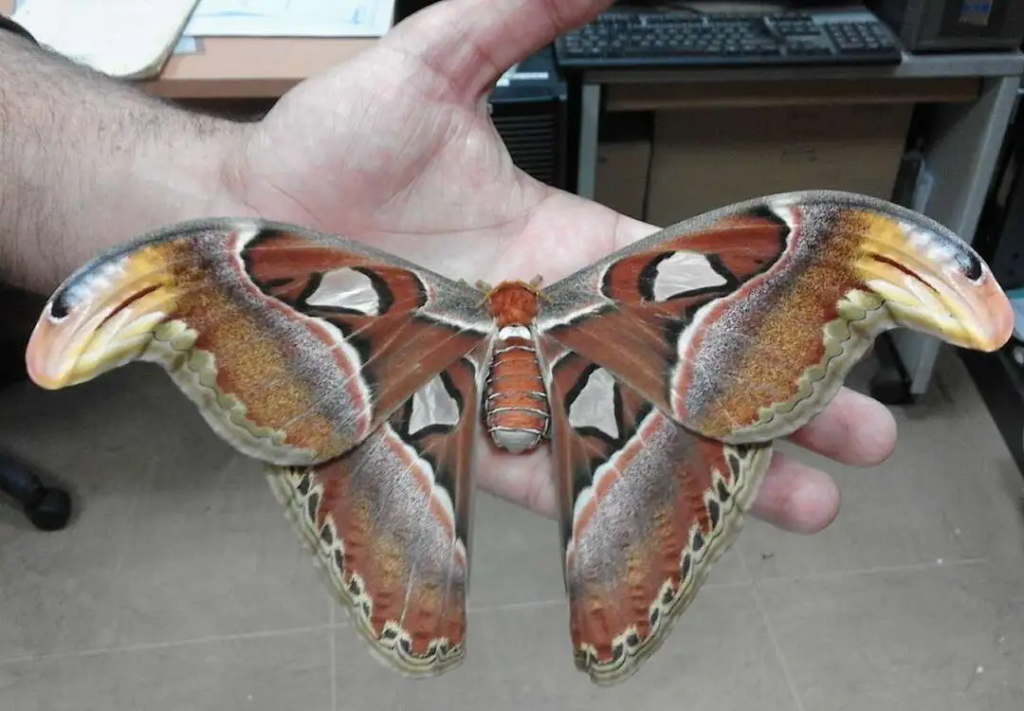The Earth’s natural realm is a haven for a multitude of mesmerizing and enthralling creatures. Observing the intricate interplay between different organisms as they adapt to their environment for survival, all while maintaining the delicate balance of the ecosystem, is nothing short of astonishing.
Thus, it was only natural for me to be utterly captivated when I stumbled upon visuals featuring three “furious serpents” seemingly nestled within a tree. What’s more, I’m far from being alone in succumbing to the beguiling allure of these extraordinary photographs.
The sight of three serpents intertwined within a tree is enough to send shivers down anyone’s spine. Even the presence of a single snake in such a setting can evoke a sense of unease. However, these striking images, though deceiving, don’t actually depict snakes at all; they represent something entirely different.

Biodiversity, which encompasses a vast array of species in countless numbers, characterizes the tapestry of the natural world. Each individual species plays a unique role within its environment, and numerous animals and plants have evolved remarkable adaptations and survival strategies over the course of evolution.
Consider, for instance, certain insects that have developed colorations mimicking their surroundings, affording them the ability to conceal themselves from potential predators. On the flip side, other insects have synthesized toxic substances as a defense mechanism against threats.
This fundamental truth was further underscored by the emergence of photographs showcasing three seemingly irate “snakes” that began circulating online. In 2021, Rob Allam shared a perplexing image on Twitter that initially appeared to reveal three agitated “serpents” concealed in a tree. However, users quickly discerned that the reality was much more intricate than it initially seemed.

In truth, the cluster of “snakes” is nothing more than sections of wings from two distinct species of Atlas moths, forming a mesmerizing optical illusion. This extraordinary moth species, indigenous to the Asian jungles, possesses a peculiar ability to mimic the appearance of a snake.
The Atlas moth stands among the largest species of Lepidoptera, boasting an impressive wingspan that can stretch up to 24 cm (9.4 inches), with a wing surface area exceeding 160 cm2 (25 square inches). Its body exhibits a striking disproportion in size compared to its wings, with the former being significantly smaller.
This colossal insect, first documented by Carl Linnaeus in 1758, ranks among the largest creatures on Earth. Its name pays homage to the Greek mythological Titan Atlas, a nod to its remarkable dimensions.

Rob, an individual on Twitter, shared the viral image and offered this elucidation: “Attacus Atlas, one of the largest butterflies globally, has a short adult lifespan of only two weeks. During this phase, its primary purpose is to lay eggs and safeguard them until they hatch, all while masquerading as a snake.”
Numerous users on social media initially struggled to grasp that the subject in question was, indeed, a moth. One user marveled, “The camouflage is exceptionally impressive.” Another expressed amazement, stating, “How is the one at the top not a real snake? This moth would live longer if it didn’t resemble something I’d swat away.”
Contrary to common belief, Atlas moths are not skilled or stable fliers. Preferring to rest during the day and reserving active flight for the night to conserve energy, they have developed a rather unique survival strategy.

According to information from the National History Museum, when the Atlas moth detects a threat, it employs a defensive tactic of descending to the ground, wriggling, and intentionally fluttering its wings to emulate the appearance of a snake’s head.
To truly experience the captivating presence of the Atlas moth, one would likely need to venture into the tropical forests of Asia. However, documented sightings of Atlas moths extend beyond the borders of Europe and the United States.
A captivating incident recounted by the BBC in 2012 tells of a massive Atlas moth discovered on a windowsill in Ramsbottom, Greater Manchester. The moth was so remarkably sizable that the family initially mistook it for a bat. This unique specimen is believed to have escaped from a private collection but, sadly, passed away shortly after being found.

In July 2022, another Atlas moth specimen was photographed in Bellevue, Washington—an event of historical significance. This sighting marked the first documented encounter with this species in the United States. Additionally, another Atlas moth was spotted in Sweden that same year.
Sven Spichiger, the entomologist in charge of the state Agriculture Department, remarked, “This is a truly remarkable insect, something that elicits a sense of awe due to its immense size.” He added, “Even if you’re not particularly interested in insects, this is the kind that prompts people to whip out their phones and capture a picture—it’s just that visually captivating.”
Encountering this magnificent species would undoubtedly leave me filled with a sense of wonder and astonishment. To ensure the memory remains etched in my mind, I would instinctively reach for my camera and seize the sight. However, if I noticed it beginning to resemble a snake’s head, I would exercise caution and maintain a safe distance

Kindly contemplate sharing this post on Facebook to expand the knowledge of this colossal and captivating moth among a wider audience. Its extraordinary characteristics and remarkable presence beyond its native habitat are deserving of attention and commendation.


